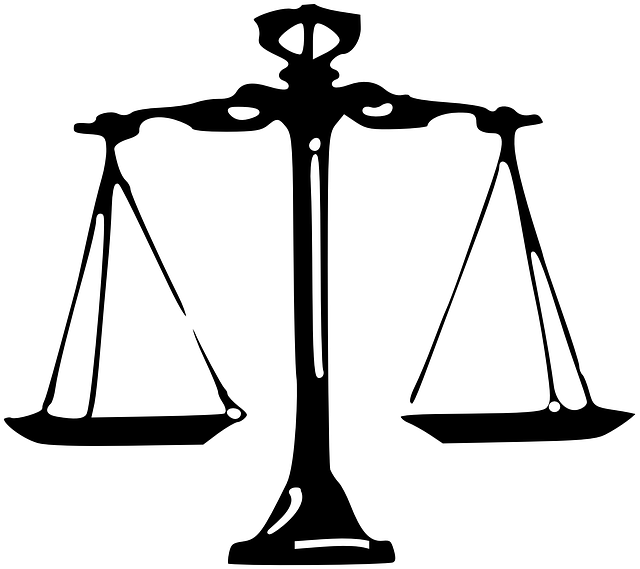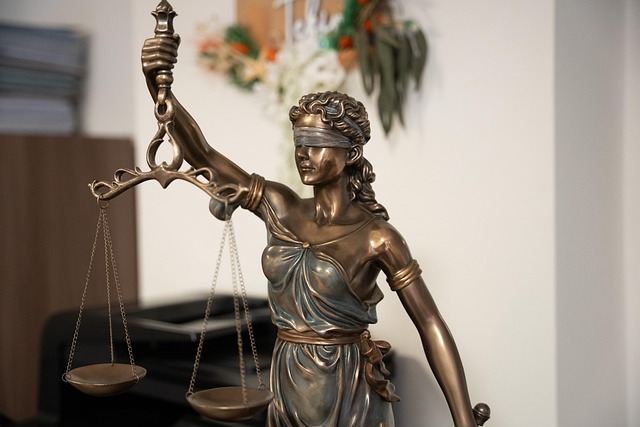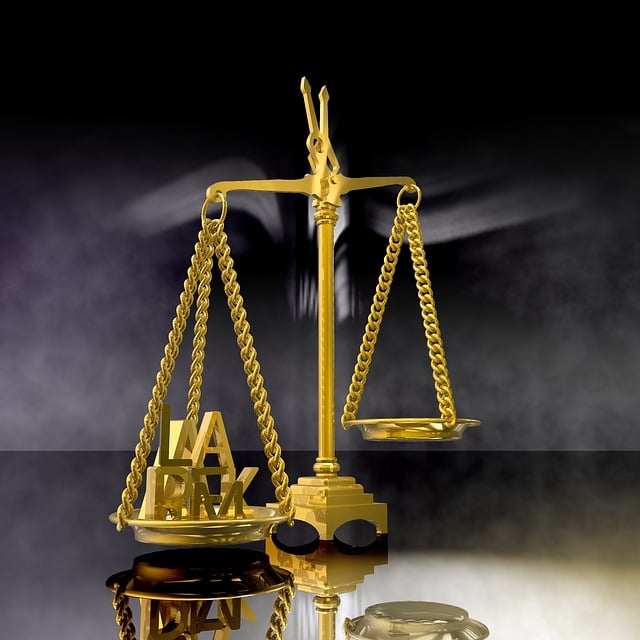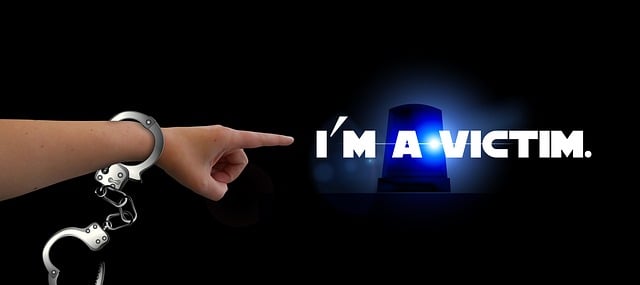The Impact of Jury Demographics on Verdicts reveals that diverse juries, reflecting community makeup by age, race, gender, and socio-economic status, significantly influence criminal trial outcomes. This diversity brings varied interpretations of evidence and law, highlighting the need for a nuanced approach to ensure fair justice. By acknowledging and addressing demographic biases, legal professionals can enhance public trust and promote equality in the criminal justice system, aiming for accurate and inclusive verdicts.
Criminal law enforcement is a cornerstone of any just society, ensuring public safety while upholding the rule of law. This article delves into the complex interplay between criminal justice and societal demographics, specifically focusing on how jury composition impacts verdicts. We explore essential topics such as understanding the fundamentals of criminal law enforcement, the role of juries, cultural diversity’s influence, gender and age biases, and strategies to foster fairness in the courtroom. By examining these aspects, we aim to illuminate the critical connection between jury demographics and judicial outcomes.
- Understanding Criminal Law Enforcement: A Foundation for Justice
- The Role of Juries in Criminal Trials: Demographic Considerations
- Impact of Cultural Diversity on Jury Decision-Making
- Gender and Age Bias: Challenges in the Courtroom
- Strategies to Enhance Jury Representation and Fairness
Understanding Criminal Law Enforcement: A Foundation for Justice
Criminal law enforcement is a complex system designed to uphold justice and protect society. At its core, understanding the fundamentals of this legal domain is paramount. The process involves a delicate balance between investigating crimes, prosecuting perpetrators, and ensuring fair trials for all involved. One crucial aspect that often shapes the outcome of these trials is the impact of jury demographics on verdicts.
Diverse juries bring unique perspectives to the table, which can significantly influence decisions in court. By embracing this diversity, the legal system fosters a more inclusive and just environment. In the realm of criminal justice, where every case presents a unique narrative, understanding the interplay between various factors—including demographic backgrounds—is essential for winning challenging defense verdicts. It allows for a comprehensive approach to law enforcement, ensuring that justice is not only served but also perceived as equitable by all members of society.
The Role of Juries in Criminal Trials: Demographic Considerations
Juries play a pivotal role in criminal trials, acting as the final arbiter of guilt and sentencing. The impact of jury demographics on verdicts is a significant aspect often overlooked but with profound implications. Research suggests that the composition of juries, including factors like age, race, gender, and socio-economic status, can subtly influence the outcome of cases. For instance, studies have shown variations in how different demographic groups perceive evidence and interpret the law, leading to disparate verdicts across the country.
Understanding these demographic considerations is crucial for achieving extraordinary results in criminal justice. Attorneys and judges must recognize that a complete dismissal of all charges may not always be warranted, as factors beyond the evidence presented can affect outcomes. By being mindful of potential biases and promoting diverse juries, the legal system can work towards ensuring fairness and equality, ultimately strengthening public trust.
Impact of Cultural Diversity on Jury Decision-Making
The makeup of juries has significantly evolved to reflect the diverse communities they represent, with an increasing focus on cultural representation in legal proceedings. This shift is particularly notable in high-stakes cases where general criminal defense strategies often hinge on public perception and jury decision-making. The impact of cultural diversity on jury decisions cannot be understated; it influences not only how jurors interpret evidence but also their understanding of the law itself.
When juries are composed of individuals from varied ethnic, racial, and cultural backgrounds, they bring unique perspectives to the table. This diversity enriches the decision-making process, encouraging a broader range of interpretations and fostering a more inclusive legal environment. However, it also presents challenges, as disparities in life experiences can lead to differing views on what constitutes justice. Understanding these dynamics is crucial for navigating all stages of the investigative and enforcement process, ensuring fair outcomes in an increasingly multicultural society.
Gender and Age Bias: Challenges in the Courtroom
In the courtroom, the presence of gender and age biases among jurors can significantly impact the outcome of criminal trials, raising concerns about fairness in the legal system. Research suggests that traditional jury demographics often lead to unfair judgments, particularly when it comes to cases involving women and younger defendants. The composition of juries, influenced by societal norms and historical trends, may inadvertently perpetuate stereotypes and biases, affecting how individuals are perceived during trials.
The impact of jury demographics on verdicts is a critical aspect that criminal law enforcement must address. Ensuring a diverse and unbiased jury pool is essential to safeguarding the rights of all defendants, regardless of their gender or age. In the context of general criminal defense, lawyers play a pivotal role in challenging these biases, advocating for their clients, and promoting equality within the judicial process. By recognizing and understanding the role of demographic influences, both philanthropic and political communities can work towards reforming practices to create a more just and equitable legal environment.
Strategies to Enhance Jury Representation and Fairness
Ensuring fair and representative jury selection is a cornerstone of criminal law enforcement. The impact of jury demographics on verdicts cannot be overlooked, as diverse juries bring different perspectives and life experiences to the courtroom. One strategy to enhance fairness is to promote inclusivity in the juror pool by encouraging participation from all segments of society, including those often underrepresented, such as minorities, young adults, and members of the philanthropic and political communities. This can be achieved through jury diversity initiatives that educate potential jurors about their civic duty and make the selection process more accessible across the country.
Additionally, addressing systemic issues like bias in indictment practices is vital. Avoiding indictment based on discriminatory factors or arbitrary criteria ensures that all individuals are treated equally under the law. By implementing these strategies, criminal justice systems can strive for greater fairness and accuracy in jury representation, ultimately strengthening the integrity of their processes and verdicts.
The interplay between jury demographics, cultural diversity, gender, age, and decision-making processes significantly influences criminal trials. Understanding these factors is crucial for ensuring fairness in the justice system. By addressing biases and implementing strategies to enhance jury representation, we can improve the impact of jury demographics on verdicts, fostering a more equitable legal environment. These efforts are vital steps towards revolutionizing criminal law enforcement and upholding the principles of justice for all.






